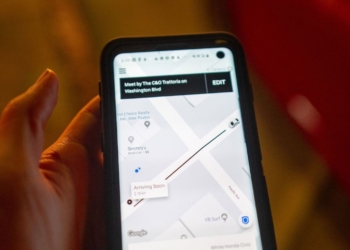The 2025 fiscal year painted two very different pictures for top executives in India’s booming IT industry and the more cautious consumer goods sector. While IT chiefs saw their paychecks balloon, FMCG leaders settled for modest bumps, reflecting the varied fortunes of these industries.
IT Leaders Riding a Wave of Salary Growth
Infosys CEO Salil Parekh took home ₹80.6 crore last year — a hefty 22% jump from FY24. The biggest chunk? Stock options worth ₹49.5 crore. His base salary stood at ₹7.45 crore, with bonuses adding another ₹23.18 crore. What’s striking here is the vast pay gap: Parekh’s compensation was a staggering 752 times that of the average Infosys employee. That’s a number bound to raise some eyebrows.
Tata Consultancy Services’ CEO K Krithivasan saw a more modest hike — 4.6% — but still ended up with a cool ₹26.52 crore total package. His base salary was just ₹1.39 crore, but hefty commissions of ₹23 crore made up the majority. Still, Krithivasan earns nearly 330 times more than the typical TCS worker, underscoring a familiar story in executive pay.
Wipro’s new CEO, Srinivas Pallia, who took charge in April 2024, walked away with ₹53.4 crore ($6.27 million) in FY25. That’s no small sum and signals Wipro’s focus on rewarding leadership amid its evolving strategy and performance goals.

FMCG Chiefs Taking It Slow on Raises
On the flip side, FMCG firms played it safe. Nestlé India’s Suresh Narayanan received just a 5% hike, bringing his pay to ₹23.47 crore. This cautious raise mirrors Nestlé’s careful stance in a challenging market environment.
Hindustan Unilever’s Managing Director Rohit Jawa saw a 3.75% bump, totaling ₹23.23 crore in remuneration. His package included ₹3.65 crore in salary, ₹11.45 crore in allowances, ₹3.78 crore as bonus, and ₹2.76 crore in long-term incentives. The restrained increase fits with HUL’s strategy to weather uncertain consumer trends while maintaining steady growth.
What’s Driving These Pay Differences?
So, why the gap? The answer lies in the industries’ contrasting fortunes. India’s IT sector has been flexing its muscles, adapting well to global demand and technological shifts. Companies like Infosys, TCS, and Wipro have posted strong results, giving them room to reward executives generously.
Meanwhile, FMCG companies have faced headwinds. Rising inflation, shifting consumer habits, and softer demand have made them more cautious. Rather than splurging on executive pay, firms like Nestlé India and HUL prefer a conservative approach, focusing on long-term stability.
A Closer Look at the Numbers
| Company | CEO/MD | FY25 Compensation (₹ crore) | Salary Increase (%) | Pay Multiple vs Median Employee |
|---|---|---|---|---|
| Infosys | Salil Parekh | 80.6 | 22 | 752 |
| TCS | K Krithivasan | 26.52 | 4.6 | 330 |
| Wipro | Srinivas Pallia | 53.4 | N/A (new CEO) | N/A |
| Nestlé India | Suresh Narayanan | 23.47 | 5 | N/A |
| Hindustan Unilever | Rohit Jawa | 23.23 | 3.75 | N/A |
It’s clear that India’s top IT executives continue to cash in on their sector’s strength, while FMCG leaders are more measured, matching the cautious mood of their markets. What will FY26 bring? For now, the pay gap tells a story of two industries moving at very different speeds.



















